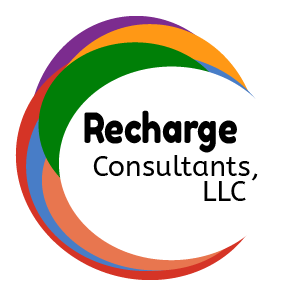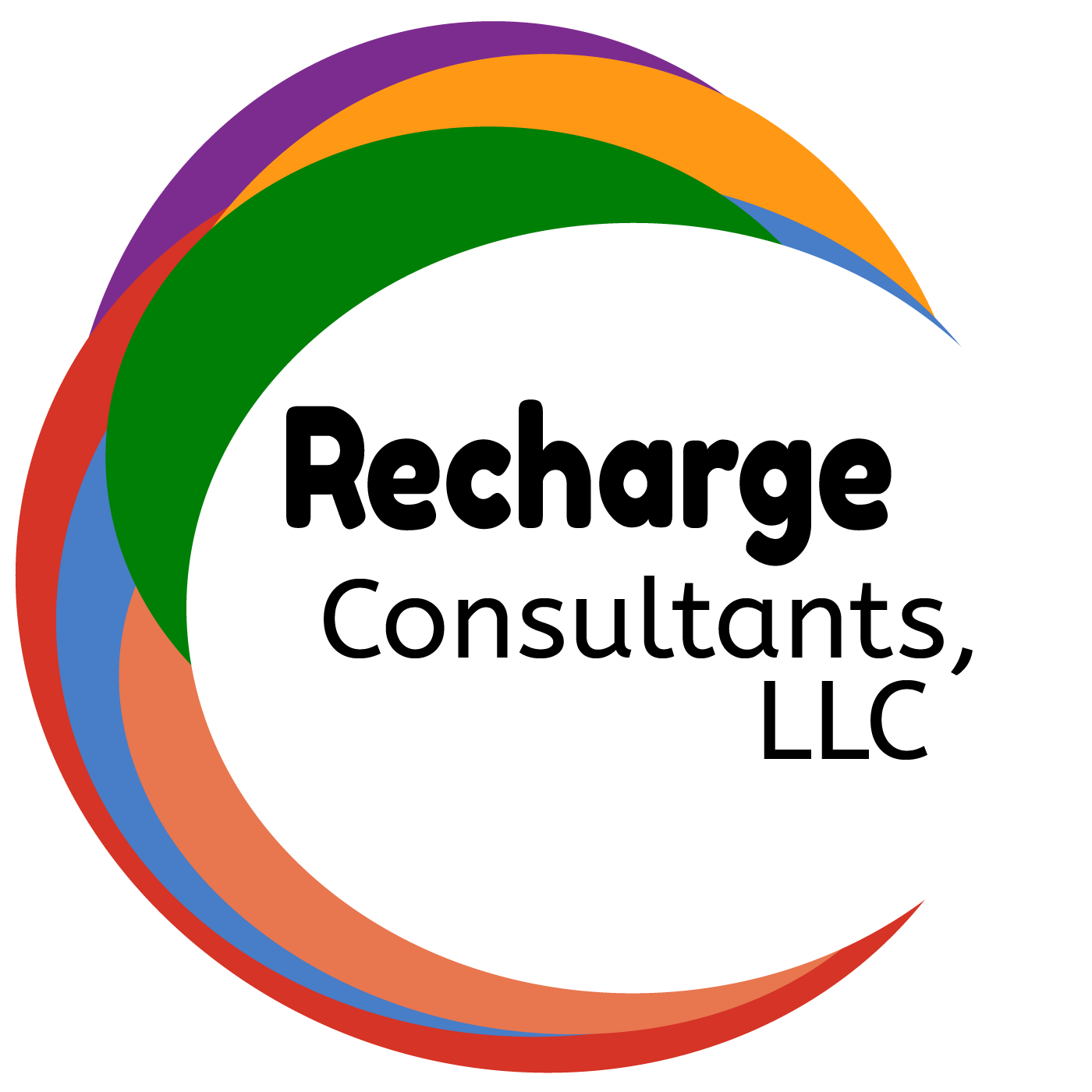Person-Environment (P-E) fit refers to the compatibility between an individual and their work environment. This concept is rooted in the idea that a good match between a person and their environment leads to higher job satisfaction, better performance, and overall well-being. P-E fit can be analyzed from several perspectives, including values, skills, and needs.
Types of P-E Fit
Person-Job (P-J) Fit:
- Focuses on the alignment between an individual’s abilities and the demands of a specific job.
- Considers whether the individual’s skills, knowledge, and abilities match the job requirements.
Person-Organization (P-O) Fit:
- Refers to the alignment between an individual’s values, beliefs, and personality with the culture, values, and norms of the organization.
- Evaluates whether the person feels they belong in the organization and share its goals and values.
Person-Group (P-G) Fit:
- Examines the compatibility between an individual and their workgroup or team.
- Assesses whether the person’s interpersonal skills, work styles, and attitudes are congruent with those of their colleagues.
Person-Vocation (P-V) Fit:
- Pertains to the alignment between an individual’s interests, values, and abilities and the characteristics of the chosen profession or career.
Importance of P-E Fit
Job Satisfaction:
- Employees who fit well with their job and organization are generally more satisfied with their work.
Performance:
- Good P-E fit often leads to better job performance, as employees are more motivated and able to utilize their skills effectively.
Retention:
- Higher P-E fit is associated with lower turnover rates, as employees are more likely to stay with an organization where they feel they belong.
Well-being:
- Employees who experience a good fit with their environment typically report better psychological well-being and lower stress levels.
Organizational Commitment:
- A strong P-E fit fosters greater loyalty and commitment to the organization.
Assessing P-E Fit
Surveys and Questionnaires:
- Tools like the Organizational Culture Profile (OCP) or Person-Environment Fit Survey can be used to measure fit.
- These instruments assess various dimensions such as values alignment, job satisfaction, and perceived compatibility.
Interviews:
- Behavioral and situational interviews can provide insights into how well a candidate might fit with the organization’s culture and job requirements.
Performance Reviews:
- Regular performance appraisals and feedback sessions can help assess ongoing fit and identify any areas of misalignment.
360-Degree Feedback:
- Gathering feedback from peers, supervisors, and subordinates can provide a comprehensive view of an employee’s fit within the organization.
Enhancing P-E Fit
Recruitment and Selection:
- Ensuring that recruitment processes include assessments of both job and organizational fit.
- Using realistic job previews to provide candidates with an accurate picture of the work environment.
Onboarding:
- Implementing effective onboarding programs that help new employees understand the organizational culture and expectations.
Training and Development:
- Providing opportunities for employees to develop skills and competencies that enhance their fit with their roles and the organization.
Career Development:
- Offering career development and progression opportunities that align with employees’ strengths and career aspirations.
Work Environment:
- Creating a supportive work environment that values diversity and encourages open communication and collaboration.
By prioritizing P-E fit, organizations can enhance employee satisfaction, productivity, and retention, ultimately contributing to a more harmonious and effective workplace.

